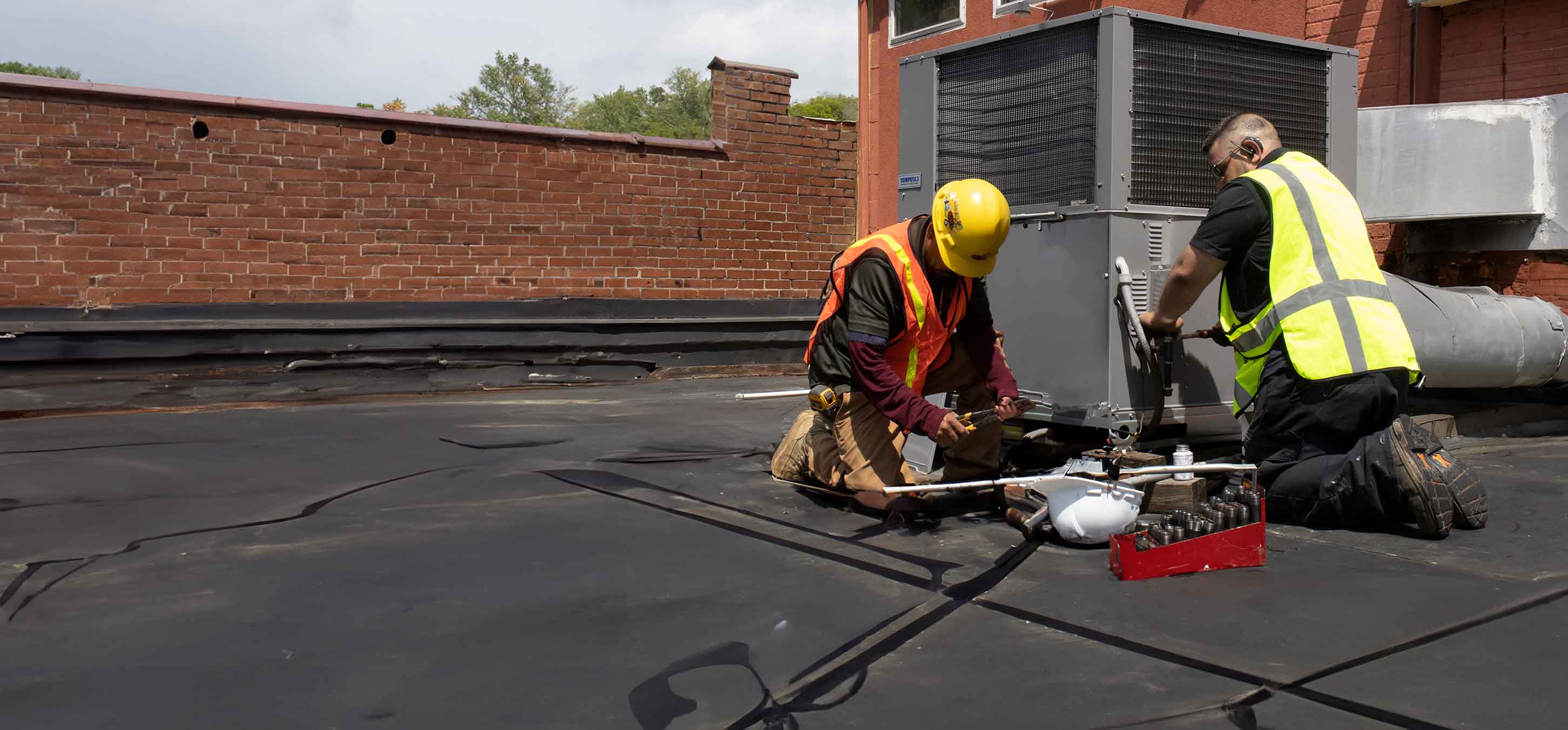

Energy-saving Unit
Your trusted partner for professional home services. Quality workmanship, guaranteed satisfaction.




- HEP
- Energy-saving Unit
Energy-saving Unit | HVAC Unit Replacement | Heating and Air Conditioning | Philadelphia
Philadelphia’s four-season climate can be brutal on dated heating and cooling equipment, but HEP’s Energy-Saving Unit is designed to keep every row home, condo, and brownstone perfectly comfortable while slashing utility bills. Our certified technicians assess your current system, size the new equipment precisely, and handle every step of the HVAC unit replacement with white-glove care—so you enjoy quieter operation, healthier indoor air, and up to 40% energy savings without lifting a finger.
From flexible financing and same-day installations to industry-leading warranties, HEP combines hometown friendliness with cutting-edge technology to give Philadelphians peace of mind. Schedule your free in-home estimate today and discover how effortless upgrading can be when you trust the local pros who know the city’s quirks as well as you do.
FAQs
What are the most common signs that my HVAC unit should be replaced rather than repaired?
Frequent or costly repairs (two or more major fixes in the last year), uneven temperatures between rooms, rising utility bills despite similar usage, loud or unusual noises, and equipment that is 12–15 years old typically signal that replacement is more cost-effective than another repair. Modern high-efficiency systems can cut energy use by up to 40 %, offsetting the upfront cost.
How much can I save on energy bills with a high-efficiency HVAC system in Philadelphia’s climate?
In the Philadelphia region, switching from a 10–13 SEER air conditioner to a 16–20+ SEER heat pump or AC, coupled with a 95–98 % AFUE gas furnace, can reduce annual heating and cooling costs by 20–40 %. For a typical 2,000 sq ft home spending $2,000 per year on HVAC energy, that’s $400–$800 back in your pocket every year. Savings vary by insulation quality, thermostat habits, and equipment sizing.
Which energy-efficient HVAC options qualify for local or federal rebates and tax credits?
Equipment that meets ENERGY STAR® criteria—such as heat pumps ≥15.2 SEER2 / 7.8 HSPF2, central AC units ≥16 SEER2, and furnaces ≥97 % AFUE—may qualify for: (1) Federal Inflation Reduction Act tax credits up to $2,000 for heat pumps or $600 for high-efficiency AC/furnaces, (2) PECO Smart Equipment Incentives ($100–$400 per unit), and (3) Philadelphia’s EnergyWorks low-interest financing. Our team files the paperwork for you and supplies AHRI certificates to ensure you receive every dollar available.
How long does an HVAC replacement take and will my household be without heating or cooling?
A standard replacement—removing old equipment, upgrading duct connections, installing the new unit, and performing final testing—usually takes one full day (6–10 hours). Complex jobs requiring duct redesign, electrical upgrades, or indoor air-quality add-ons may take two days. We schedule in milder weather when possible, provide temporary heaters or portable AC units if needed, and leave at least one zone operational overnight if your home has multiple systems.
What size and efficiency rating should I choose for a Philadelphia home?
Proper sizing requires a Manual J load calculation that factors in square footage, insulation, window orientation, and air leakage. As a rough guide, many Philadelphia row homes need 1 ton of cooling per 600–800 sq ft, while suburban single-family homes average 1 ton per 500–600 sq ft. For efficiency, we recommend at least 16 SEER2 / 9 HSPF2 for heat pumps and 95 %+ AFUE furnaces. Going higher may be justified if you have low insulation, plan to stay 7+ years, or receive generous rebates.
How do I maintain my new high-efficiency HVAC system to maximize lifespan and savings?
1) Replace or clean filters every 1–3 months. 2) Keep outdoor condensers free of debris and vegetation for 2 ft all around. 3) Schedule professional tune-ups twice a year—before summer cooling and winter heating—to verify refrigerant charge, test safety controls, and clean coils. 4) Use a programmable or smart thermostat and avoid drastic setpoint swings. 5) Seal and insulate ductwork; even a 10 % leakage can erase much of your energy savings. Following these steps can extend equipment life to 15–20 years and keep utility bills low.